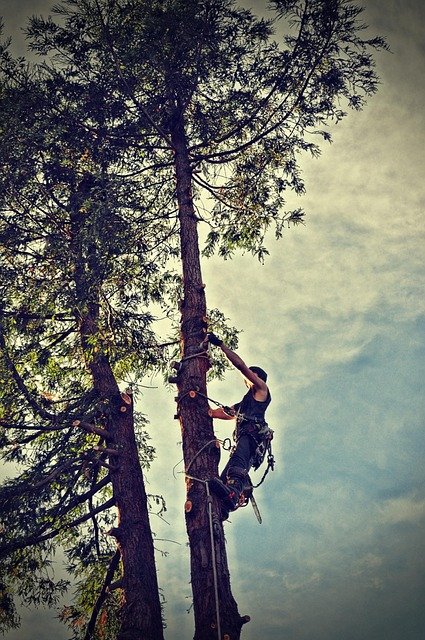Tree Jobs: Roles, Skills, and Career Pathways
Working with trees combines practical skill, environmental knowledge, and a focus on safety. Tree jobs range from hands-on climbing and pruning to planning and conservation work in forests, parks, and gardens. Whether you’re curious about seasonal fieldwork or longer-term careers in arboriculture, this article explains common roles, the skills required, and how different settings shape the work without implying specific job openings.

Tree: what roles exist in tree care
Tree-related roles include arborist, tree surgeon, climbing technician, tree inspector, and crew lead. Tasks typically cover inspection, risk assessment, limb and branch removal, stump grinding, and tree planting. Many positions require working from ladders or ropes and coordinating with ground crews. Roles differ by focus—some prioritize maintenance and pruning, others emphasize diagnostics, preservation, or urban canopy planning.
Forest: working in larger wildland settings
Forest-focused tree jobs involve ecosystem management, timber assessment, wildfire mitigation, and reforestation planning. Work is often seasonal and may take place in remote locations with rugged terrain. Professionals collaborate with forest managers, ecologists, and government agencies to balance conservation goals, timber production, and public safety. Fieldwork commonly requires navigation skills, chainsaw proficiency, and familiarity with forest health indicators.
Garden: tree care in residential and small-scale settings
In gardens and residential landscapes, tree jobs prioritize aesthetics, property safety, and plant health. Technicians perform pruning to shape growth, remove dead wood, and reduce storm risk. Garden-oriented tree care also includes soil assessment, pest and disease identification, and advising homeowners on species selection and placement. Communication and customer service are important when working on private properties and coordinating with gardeners or landscapers.
Park: managing urban and public green spaces
Park-based tree work focuses on public safety, accessibility, and long-term canopy health in city parks and recreation areas. Technicians clear hazards, manage root conflicts with pavements, and plan planting schemes that support biodiversity and shade. Park work often involves liaising with municipal departments or park managers, following regulations for public spaces, and applying strategies that balance recreation needs with tree preservation.
Pruning: techniques, safety, and best practices
Pruning is a core skill across all tree jobs and varies by purpose—structural pruning, crown thinning, and corrective pruning. Proper technique reduces disease risk and supports healthy growth; improper cuts can stress trees or create hazards. Safety protocols are critical: personal protective equipment, correct rope and harness use, saw maintenance, and hazard assessment protect both climbers and ground crews. Training and supervised experience improve both efficiency and outcomes.
This article does not list or imply specific active job openings. If you’re exploring tree jobs, consider training options such as vocational certificates, apprenticeships, or arboriculture courses offered by community colleges, industry associations, or local services. Volunteering with conservation groups or participating in community tree-planting events can build practical experience and professional contacts. Look for accredited training and safety-focused programs rather than relying solely on informal instruction.
Tree jobs vary in physical demand, seasonality, and specialization. Many roles require certifications (for example, chainsaw operation or rope access), ongoing safety training, and familiarity with local regulations governing trees in public spaces. Career progression can lead from field technician roles to supervision, consulting, urban forestry planning, or specialist positions in tree health diagnostics. Geographic location and the balance between urban and wildland environments influence both day-to-day tasks and long-term career options.
Trees are integral to gardens, parks, and forests, and careers working with them blend hands-on skill with environmental stewardship. Whether you’re assessing species, learning pruning techniques, or helping maintain urban canopies, tree jobs offer varied pathways that emphasize safety, education, and sustainable care. Consider accredited training, practical experience, and engagement with local services to develop the competencies needed for responsible tree work.






